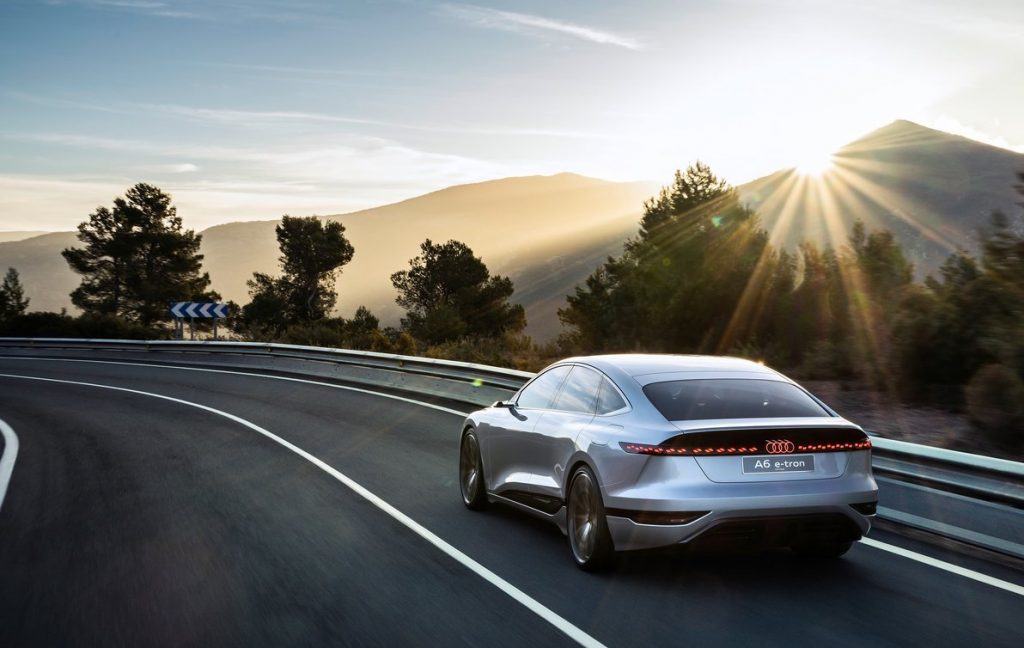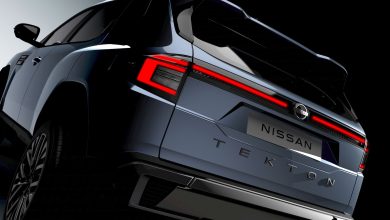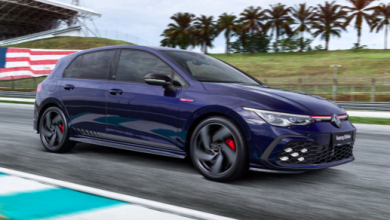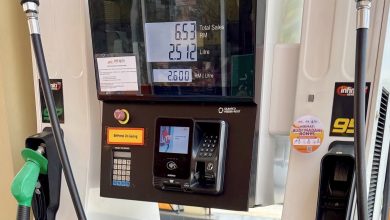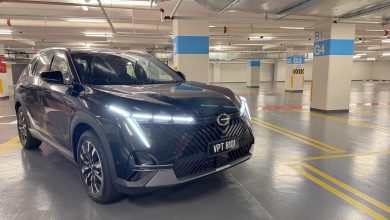Audi A6 e-tron Concept Will Enter Production In 2023
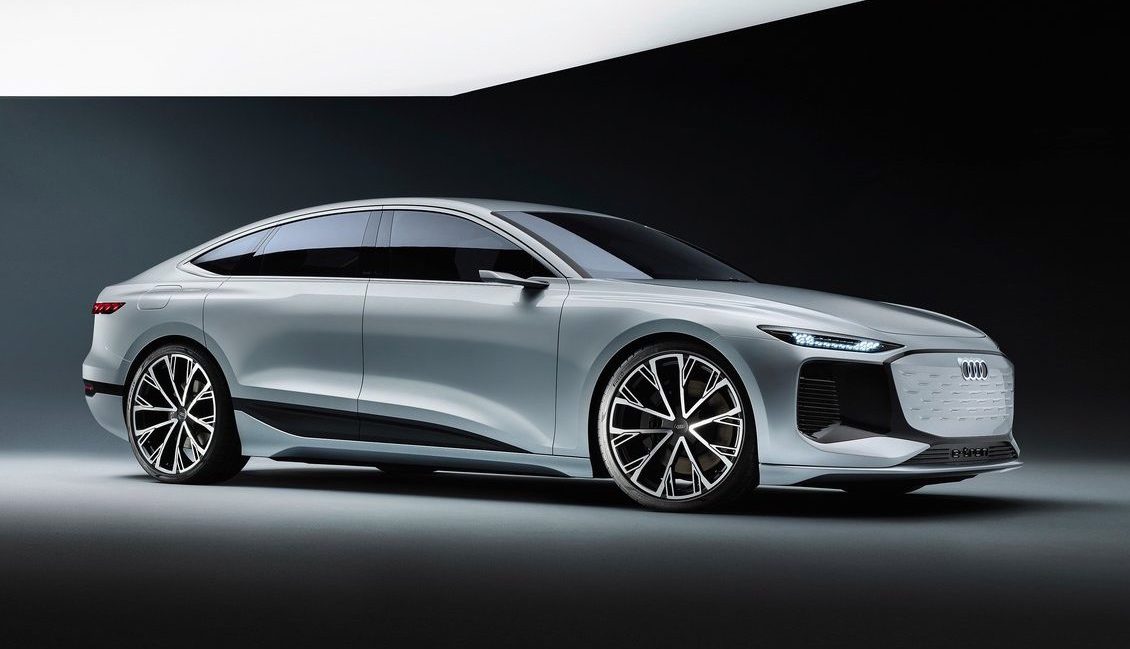
This recently previewed A6 e-tron concept is essentially what the next Audi A6 will look like.
Hot on the heels of the launch of the sharply-styled e-tron GT, Audi has also recently unveiled a more sedate-looking four-door EV in the form of the new A6 e-tron at the 2021 Shanghai Auto Show.
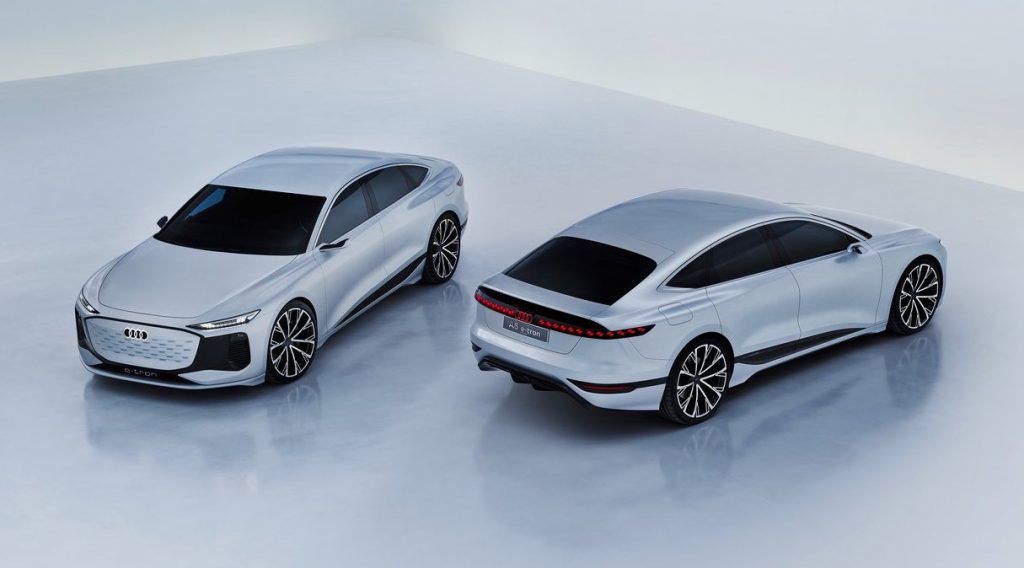
Though still bearing the additional title of ‘concept’ in its name at the moment, the biggest news with this A6 e-tron concept is that the German automaker has slated that plans are already in for a production version of this futuristic looking all-electric sedan to be rolling into dealerships (alongside its combustion engined counterparts) come 2023. So here in essence is a first look at what the next iteration of Audi’s mid-sized luxury sedan would look like.
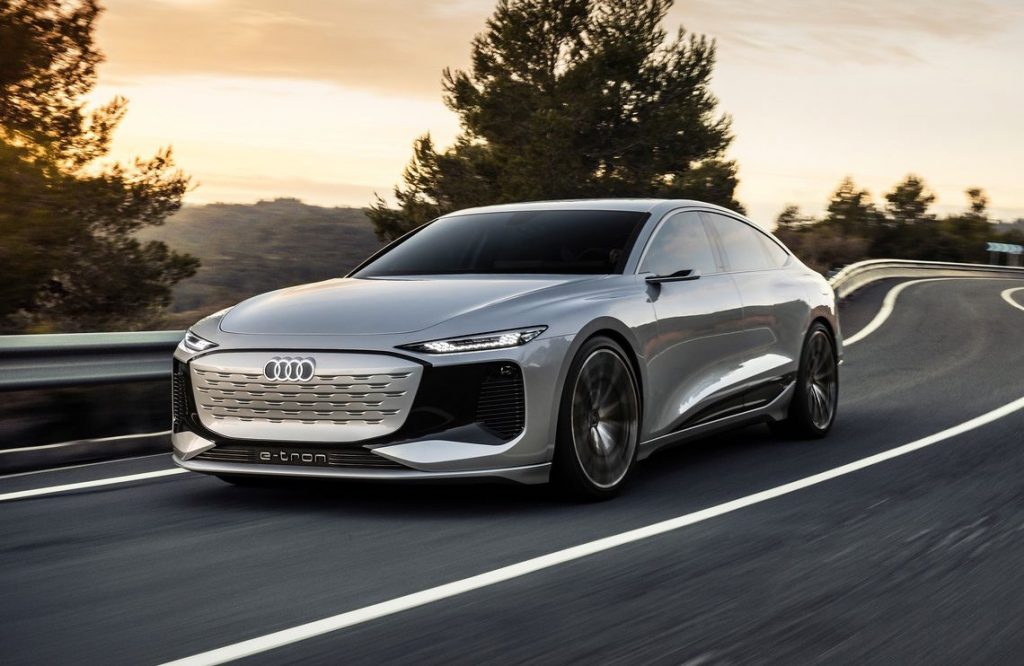
And in all honesty, it is a rather handsome looking thing. A fastback by nature instead of the typical sedan profile of an A6, this newly revealed concept car nevertheless still looks very much like what is to be expected from the line of electrified Audis these days. Coming complete with a large yet blanked-off ‘Singleframe’ grille up front, large 22-inch alloy wheels and camera for wing mirrors down its door handle-less sides and a prominent rear diffuser which goes some way to explaining its impressive 0.22 Cd factor.
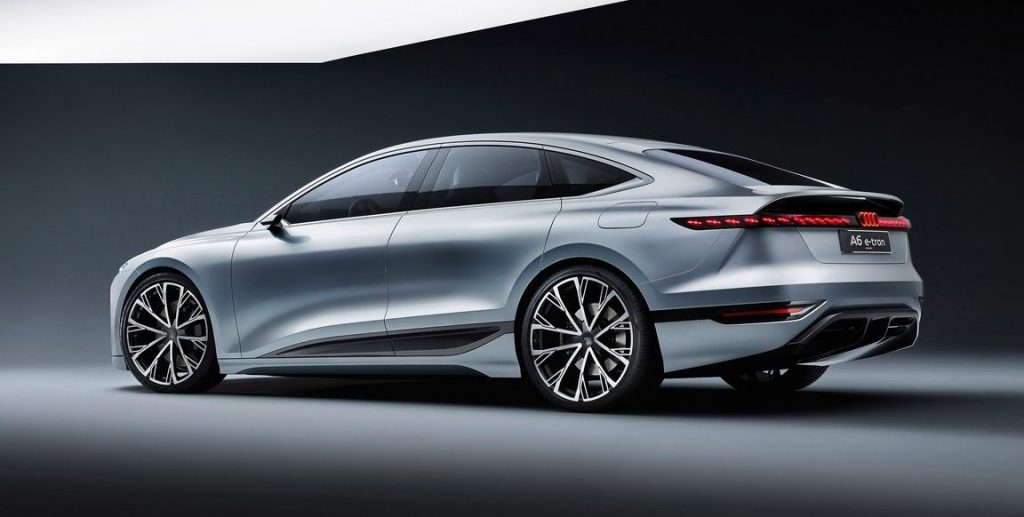
Impressive aerodynamics aside, what Audi is particularly proud of on the exterior front however is actually its fancy headlights and taillights. While its wraparound full-width 3D OLED rear light bar looks fancy, its Digital Matrix LED headlights are especially trick as they can now apparently act as mini projectors and project a multi-player smartphone video game onto a wall in front of where it is parked to keep occupants entertained when recharging.
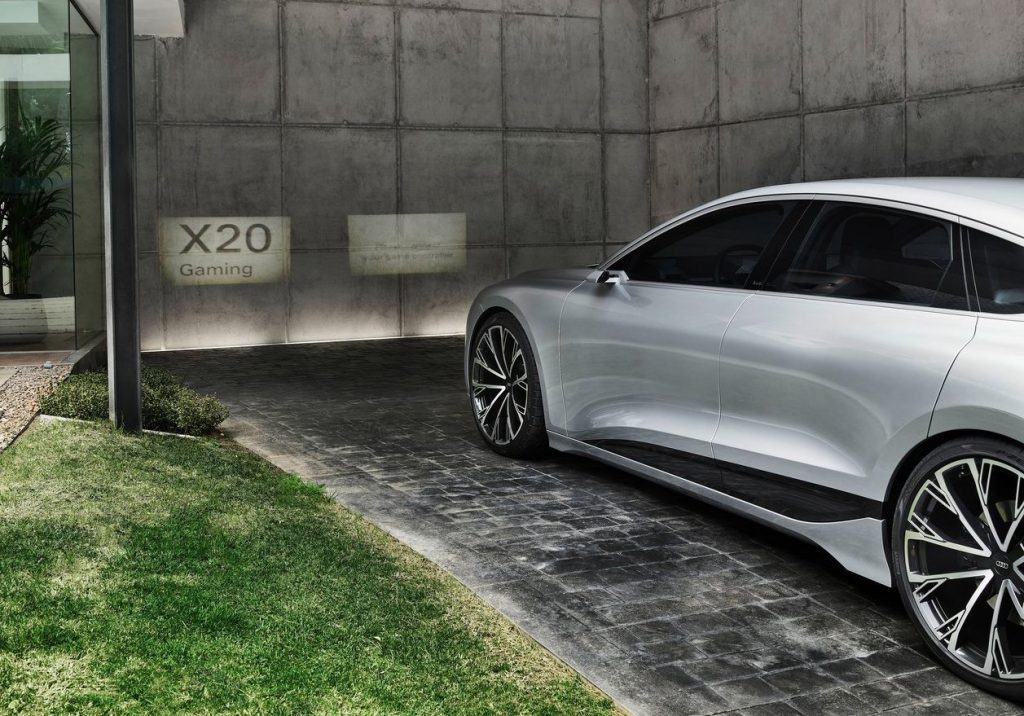
Speaking of recharging, Audi claims that the 100 kWh battery pack within the A6 e-tron is able to be recharged from 5% to 80% in 25 minutes. A staggering 300 km of range out of the total 700 km claimed to be doable in a single charge has also been touted to be added in just 10 minutes, courtesy of its 800 W charging architecture as shared with the e-tron GT.
Different from e-tron GT though is the fact A6 e-tron actually sits on the VW’s group Premium Platform Electric (PPE) architecture instead of the J1 platform alá Porsche Taycan and e-tron GT. Sharing the same underpinnings as the upcoming Q6 e-tron (as well as the future Porsche Macan EV), this particular all-electric sedan is still no slouch as its dual motors will still be able to output a combined 350 kW and 800 Nm of torque.
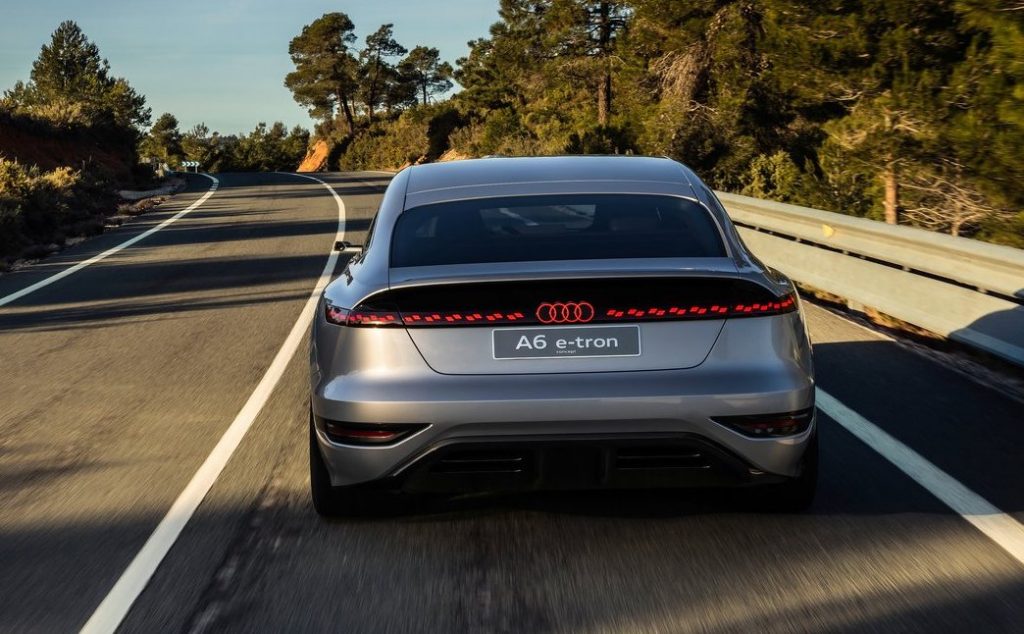
For those who want even more performance, there has already been confirmation of a hot RS variant in the works. As to those who value range over speed meanwhile, a less-powerful single motor variant will also be available down the line that can still supposedly manage the century sprint in 7 seconds.
As for the interior of the A6 e-tron concept, its makers is still resolutely keeping the details in this department resolutely under wraps for the moment. Seeing however as it is due to arrive in a year’s time, more information regarding this upcoming mainstay Audi model should be released within the next couple of months.
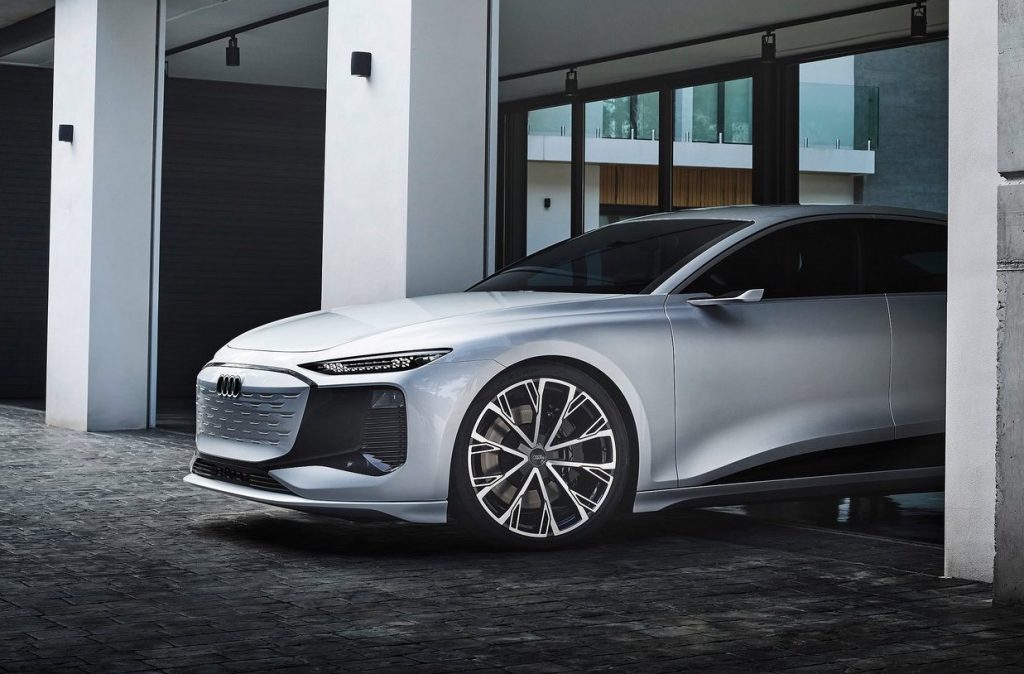
PRESS RELEASE: Audi is resolutely pushing ahead with its “e-volution” towards electric mobility and will be unveiling the forerunner of an innovative family of fully electric, production cars – the four-door Audi A6 e-tron concept – at the Auto Shanghai 2021 show. A completely new technology architecture, the “Premium Platform Electric,” or PPE for short, will serve as the technology platform for these vehicles in the future. Beginning in late 2022, the first production cars in the C- and later also B-segment will be relaunched with PPE technology, including – a first in the market for electric vehicles – both SUVs with a high ground clearance and dynamically styled models with a lower ride height, such as the upcoming Audi A6 e-tron.
Sporting the Audi A6 emblem, the concept car underscores its place in the brand’s luxury-class model series. This model has represented the brand in one of the world’s highest-volume segments since 1968 – initially, and until 1994, as the Audi 100. First the Sedan, Avant, and allroad, then later the Sportback – which was introduced as the A7 – rounded out the model family. An electrified drive system already has a long tradition in the Audi A6 – after a full hybrid version that was released back in 2011, the current Audi A6 TFSIe made its debut in 2019 with a plug-in hybrid drive and an electric range of up to 91 kilometers (NEFZ).
Unlike the latter, however, the Audi A6 e-tron concept being exhibited at the Auto Shanghai 2021 show relies exclusively on electric power, based on the future PPE platform developed under Audi’s leadership. At the same time, it also represents an entirely new design concept – the only thing it has in common with the current A6 are its dimensions. The 4.96-meter-long, 1.96-meter-wide, and 1.44-meter-high body is designed as a Sportback, and its lines are an obvious reflection of the systematic advancement of Audi’s current design language.
The Audi A6 e-tron concept exterior model making its debut in Shanghai is far more than just a simple design exercise – its body is a foretaste of Audi’s future production models and provides clear indications of just how dynamic and elegant the electric-powered luxury class from the brand with the four rings will look.
For its part, the PPE technology will ensure that what the car’s lines imply is actually translated into dynamic driving performance and everyday suitability befitting use as a primary vehicle. Specifically, this means that depending on the selected drive system and model version, an Audi A6 e-tron is expected to boast a range of more than 700 kilometers (based on the WLTP standard) in the future – and the most powerful members of the family will sprint from 0 to 100 km/h in less than four seconds.
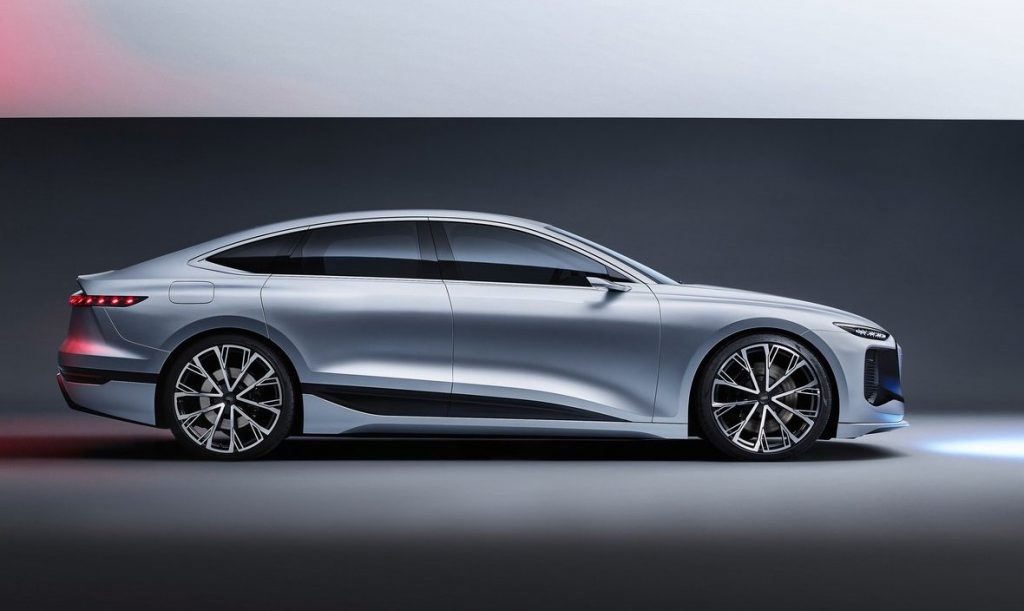
E for e-tron, E for elegant – the Audi A6 e-tron concept’s design
Based on its dimensions, the Audi A6 e-tron concept is clearly a representative of the luxury class – 4.96 meters in length, 1.96 meters in width, and 1.44 meters in height, the same as the current members of the Audi A6/A7 series. With its dynamic proportions and elegant lines, including the fastback design typical of the brand, it’s obvious at first glance that this vehicle was conceived in a wind tunnel.
Aerodynamics has always played a key role in Audi’s long history of success in the luxury class. The cW value of the Audi 100/C3 remains legendary – at the time it was the aerodynamics world champion across all classes, and with its cW value of 0.30, Audi was already far outperforming its competitors as early as 1982, and continued to do so for many years to come. With its flowing lines, the third generation of the Audi 100 also revolutionized and profoundly transformed automotive design in the luxury class, which until then had been highly conservative.
Now the Audi A6 e-tron concept is writing a new chapter in this success story, proving once again that the brand always combines form and function in a perfect symbiosis. A cW value of just 0.22 is unprecedented in the electrified C-segment. In layman’s terms, this means the car exhibits minimal aerodynamic drag – which initially translates into lower energy consumption and therefore extended range. At the same time, the fine-tuning in the wind tunnel has once again resulted in an organic design with exceptional elegance and harmony down to the last detail.
Large 22-inch wheels and short overhangs, the flat cabin, and the wide coupe roof arch give the vehicle proportions distinctly reminiscent of a sports car. The absence of hard edges results in smooth transitions between convex and concave surfaces throughout the body, as well as in soft shadows. The Audi A6 e-tron concept appears monolithic, as if from a single mold – particularly when viewed from the side.
The slope of the rear side window is a typical feature of Audi Sportback window design; as a result, the D-pillar rises up from the stable base of the vehicle’s rear end in an especially streamlined manner. The eye-catching quattro wheel arches effectively accentuate the width of the body and are simultaneously integrated organically into the side surfaces.
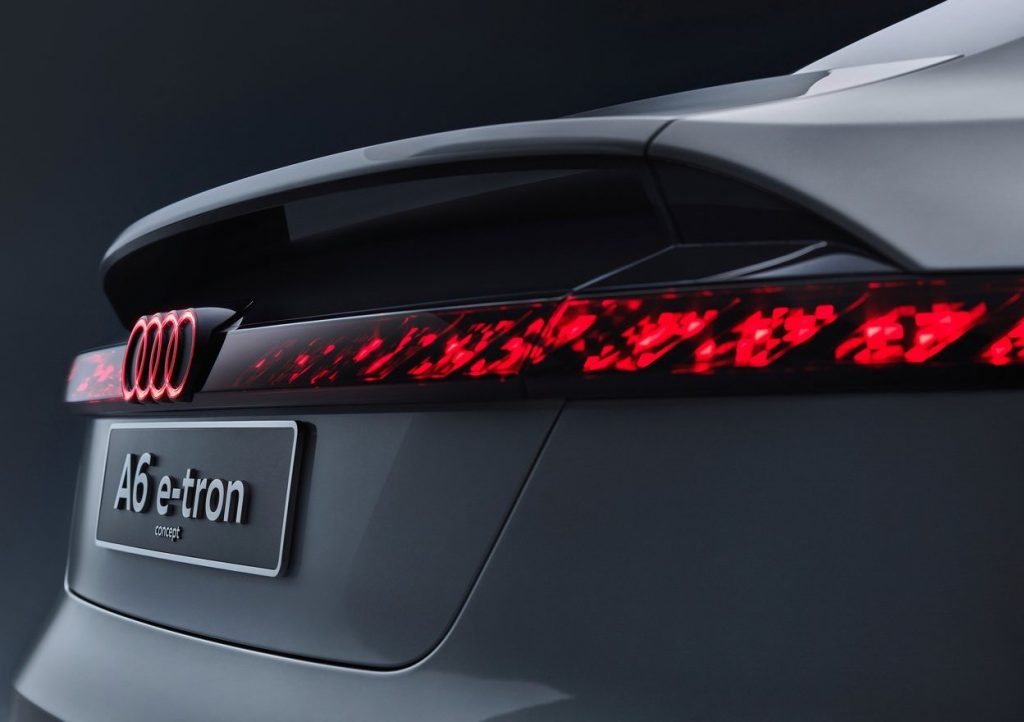
The wheel arches are connected by the specially sculpted battery area above the rocker panel, which is highlighted with a black inlay – a design element that is now a hallmark of the Audi brand’s fleet of electric vehicles. Also typical of Audi e-tron models are the sleek, camera-based virtual exterior mirrors at the base of the A-pillar.
Looking at the front, it is immediately apparent that the Audi A6 e-tron concept is an electric-powered representative of the brand with the four rings. A characteristic feature is the large enclosed Singleframe grille, which is bordered at the bottom by deep air intakes for cooling the drivetrain, battery, and brakes. The flat headlight bezels extend far into the sides of the laterally sweeping front end, underscoring the horizontally aligned architecture of the vehicle body.
The influence of the wind tunnel on the rear end is unmistakable. The upper rear end is shaped to create an aerodynamically functional breakaway edge. And in the lower section, the rear diffuser’s generously sized air outlet is integrated into the spoiler area.
This element channels the air that flows under the vehicle in a manner that reduces turbulence – a perfect combination of reduced aerodynamic drag (i.e. the cW value) and minimized lift.
“Heliosilver” is the name of the technoid-looking color of the paint, which in turn adds aesthetic presence and functionality to the appearance of the Audi A6 e-tron concept. The paint accentuates the shapes of the body with a three-dimensional depth effect, which is particularly visible in the area around the quattro wheel arches. In the front end, the Singleframe grille, also in Heliosilver, forms a striking contrast to the deep matte black color of the frame. This stark contrast also accentuates the horizontally oriented proportions in the rocker panel sections on the sides of the vehicle.
In addition to its breathtaking appearance, the paint also offers tangible technical benefits that reduce energy consumption. This is because it can reflect a significant percentage of the thermal radiation in sunlight, thus reducing the amount of energy that enters the car’s body and, above all, its interior. The result is that in many situations, the occupants do not need to use the air conditioning to maintain a constant level of comfort – which is one of the main factors that has an impact on energy consumption in addition to the drive system. This benefits the vehicle’s range and CO2 footprint – over every mile and even when stopped at traffic lights.
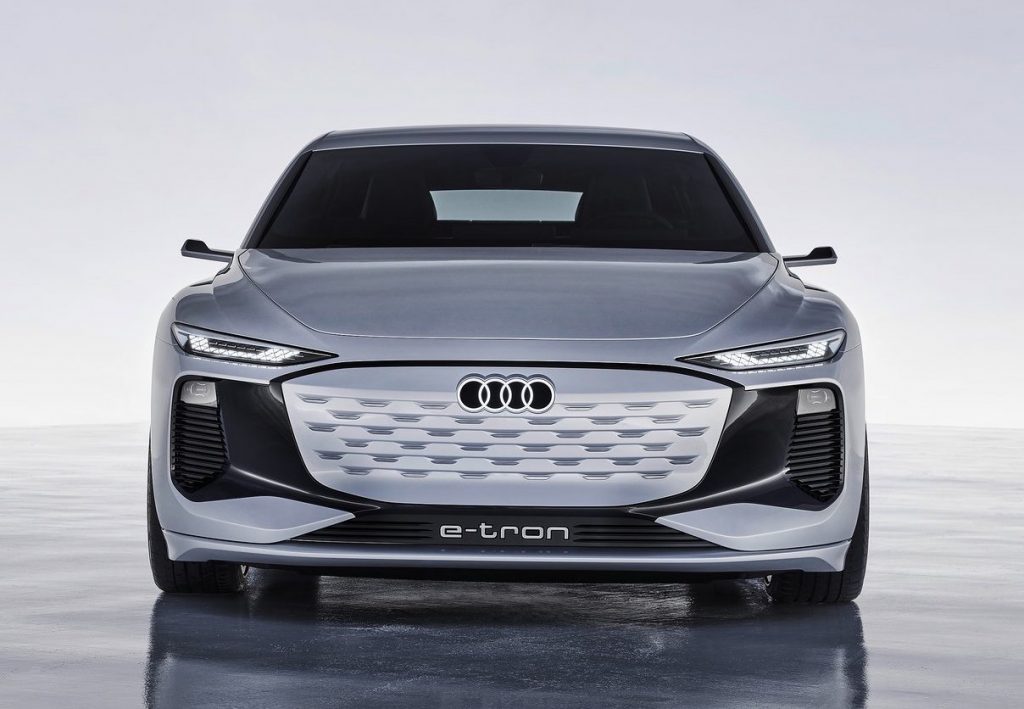
See and be seen – the Audi A6 e-tron concept’s lighting technology
The flat headlights and taillights are slim and flush with the overall composition of the lines. Digital Matrix LED and digital OLED technology makes it possible to achieve maximum brightness and a wide range of features even with a minimal surface area, while at the same time offering customizable light signatures. The team of Audi lighting designers and developers has once again done an amazing job – this concept car packs a host of new features and personalization options into its lighting units.
Three small, high-resolution LED projectors are built in into each side of the body, transforming the ground beneath them into a stage when the doors are opened – small extended dynamic lighting effects greet the occupants with messages in their own language. At the premiere in Shanghai, this means in Chinese characters, of course.
The combination of safety features and aesthetic design has always been of particular importance to Audi. That’s why the small, high-resolution projectors also display warning symbols on the ground – to warn a bike rider that the car door is about to open, for example.
Another four high-resolution LED projectors – inconspicuously integrated into the corners of the vehicle – generate turn signal projections. The design of these projections can be modified to address different markets and approval regions as required.
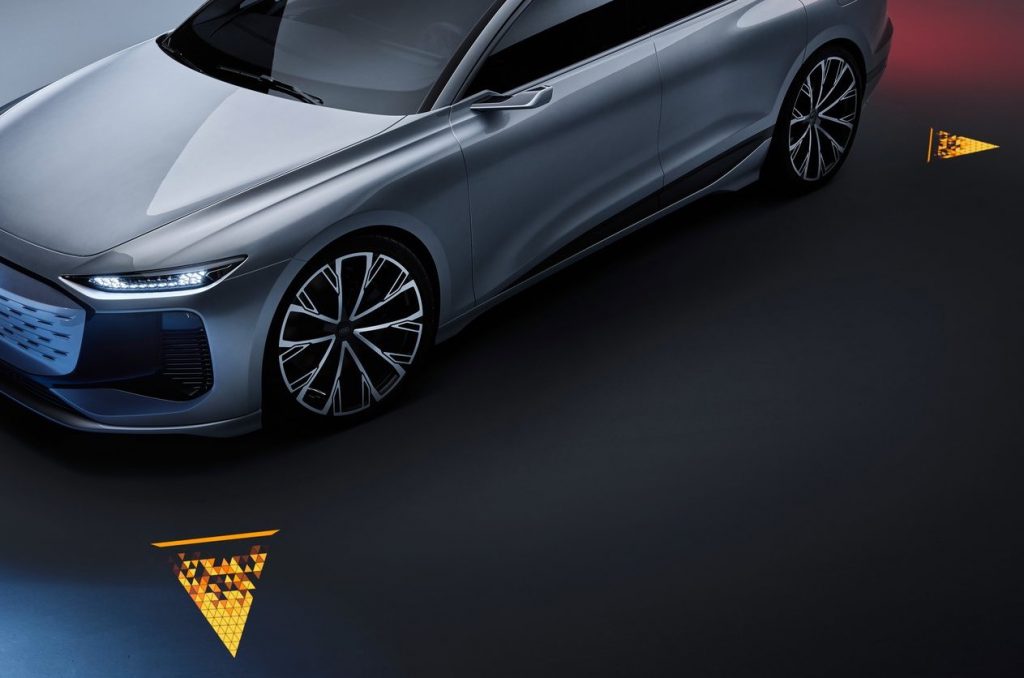
The Digital Matrix LED front headlights achieve almost cinematic quality. If, for example, the Audi A6 e-tron concept is parked in front of a wall during a break to recharge the battery, the driver and passengers can pass the time playing a video game projected onto it. Instead of on a small screen in the cockpit, they’ll see their respective game’s virtual landscapes projected onto the wall in XXL format – and all this via the Digital Matrix LED headlights. Players can stand next to or directly in front of the vehicle for a particularly good view of the game, which is several meters wide.
Players control the game via smartphone. And even the game itself is an Audi product – Audi designers conceived and developed it especially for the Audi A6 e-tron concept!
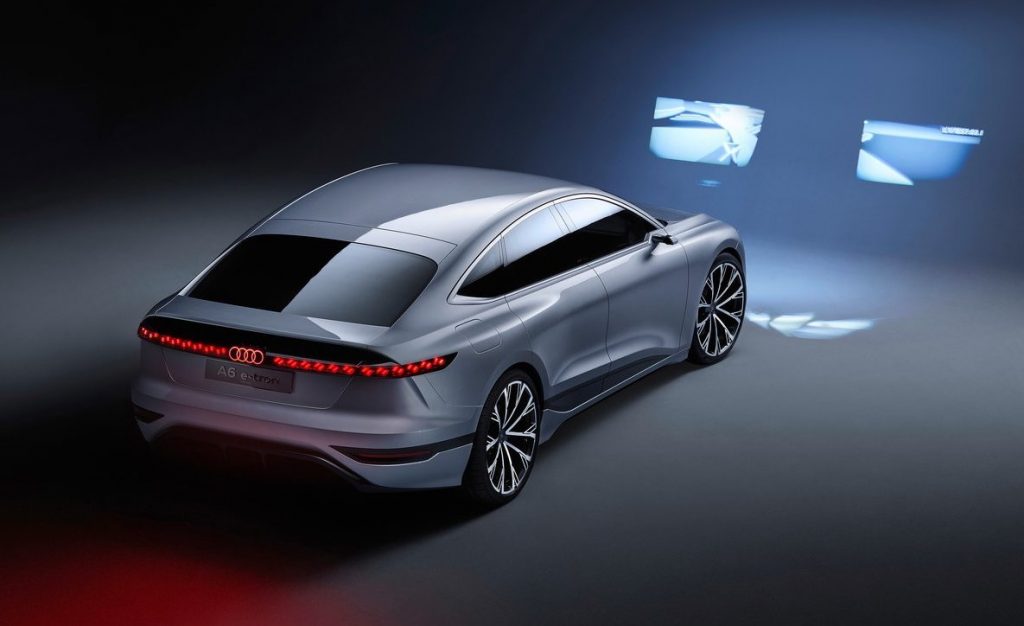
The rear end of the concept car features a new generation of digital OLED elements that, as a continuous strip of lights, act like a display. They can also be used to create almost unlimited customizable variations of digital light signatures and dynamic lighting displays that can be adapted to the customer’s personal taste.
One new feature in the taillights is the three-dimensional architecture of the digital OLED elements, that – adapted to the shape of the body – makes it possible to perfectly integrate the night design into the overall look. This makes it possible to experience the dynamic light show not only in two dimensions – as was previously the case – but with an impressive, 3D spatial effect.
And it goes without saying that the combination taillights, like the headlights, meet their developers’ requirements when it comes to the traditional functions of vehicle lighting, namely seeing and being seen – in the front, a clearly and brightly illuminated road with headlights that intelligently adapt to the traffic situation, weather, and surroundings, as well as communicate with other road users. In the rear, the ultrabright, homogeneous, and high-contrast digital OLED combination taillights can particularly and significantly increase the level of safety on the roads of the future.
In addition, the projections around the vehicle allow its communication range to be extended beyond the vehicle for the first time. With the help of intelligent connectivity in the vehicle, the A6 e-tron concept provides information to other road users with visual signals.
High ground clearance and low ride height
The PPE is designed exclusively for battery-electric drive systems and can therefore take full advantage of all the benefits of this technology. The key element of the future PPE fleet is a battery module between the axles that holds around 100 kWh of energy in the A6 e-tron concept. The use of the entire vehicle base makes it possible to achieve a relatively flat layout for the battery. This means that for the first time, it will be possible to use this single platform for both vehicles with a high ground clearance and vehicles with a decidedly dynamic, flat architecture – such as the Audi A6 e-tron concept – without any changes to the basic architecture.
The battery size and wheelbase of PPE vehicles are scalable, making them suitable for use in different market segments. The ratio of a fairly long wheelbase and very short overhangs is something they will all have in common, however, and this, together with the large wheels, results in basic proportions that are simply perfect – and not just in terms of design. This is because the occupants of the future PPE models will also benefit from the long wheelbase, which translates into a longer interior and more legroom in both rows of seats – a key benefit across all segments. In addition, electric vehicles are also generally more spacious thanks to the absence of a transmission tunnel, which is simply not needed due to the technology.
But even without the transmission tunnel, Audi customers will not have to pass up on the brand’s trademark quattro drive system. The future range of PPE models will include versions with one electric motor each mounted to the front and rear axles that use electronic coordination to deliver all-wheel drive on demand and achieve a perfect balance between driving dynamics and energy efficiency. In addition, the e-tron family will also include basic versions optimized for minimum consumption and maximum range – in this case, propulsion will come from a single electric motor mounted to the rear axle.
The Audi A6 e-tron concept’s two electric motors are capable of delivering a total output of 350 kW and a torque of 800 Newton meters.
The front wheels of the Audi A6 e-tron concept are connected via a five-link axle specially optimized for electric vehicles, with a multi-link axle in the rear. The concept car features Audi air suspension with adaptive dampers.
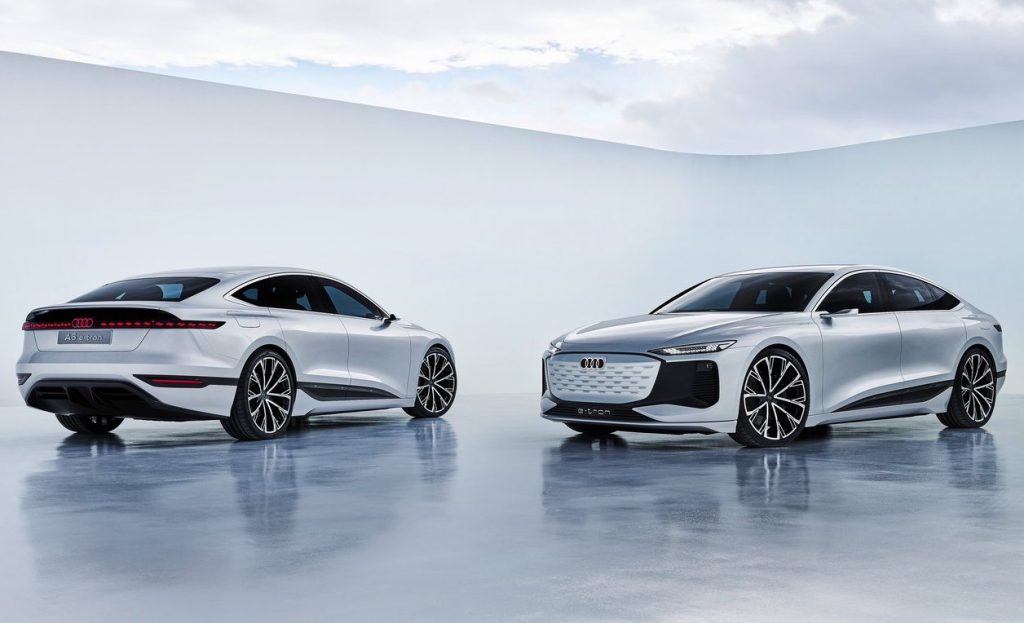
Fast charging, high range
The heart of the Audi A6 e-tron concept’s drive technology – and that of all future PPE models – is the 800-volt charging technology. Like the Audi e-tron GT before it, this ensures that the Audi A6 e-tron concept’s battery can be charged with up to 270 kW in a very short time at fast-charging stations. This revolutionary technology will enter the high-volume mid-range and luxury segments with the PPE for the very first time.
This technology makes charging times possible that come close to a stop to refuel a car powered by a conventional engine.Just 10 minutes are enough to charge the battery to a level sufficient to power the car more than 300 kilometers. And in less than 25 minutes, you can charge the Audi A6 e-tron concept’s 100 kWh battery from 5 to 80 percent.
Together with a range of more than 700 kilometers – depending on the selected drive system and power output – the Audi A6 e-tron concept is uncompromisingly suitable for use as a primary vehicle. Furthermore, its range and charging speed keep pace with those of combustion engines, making it the perfect universal car for everyday needs, from short trips to the store to longer road trips when going on vacation.
In terms of dynamic qualities, the Audi A6 e-tron concept – as is typical for an electric car – truly outshines its rivals with combustion engines. Thanks to its high torque available right from the first revolution, even entry-level models designed for efficiency will accelerate to 100 km/h in less than seven seconds. And in the top-of-the-line, high-performance models, this sprint can even be reduced to well under four seconds.
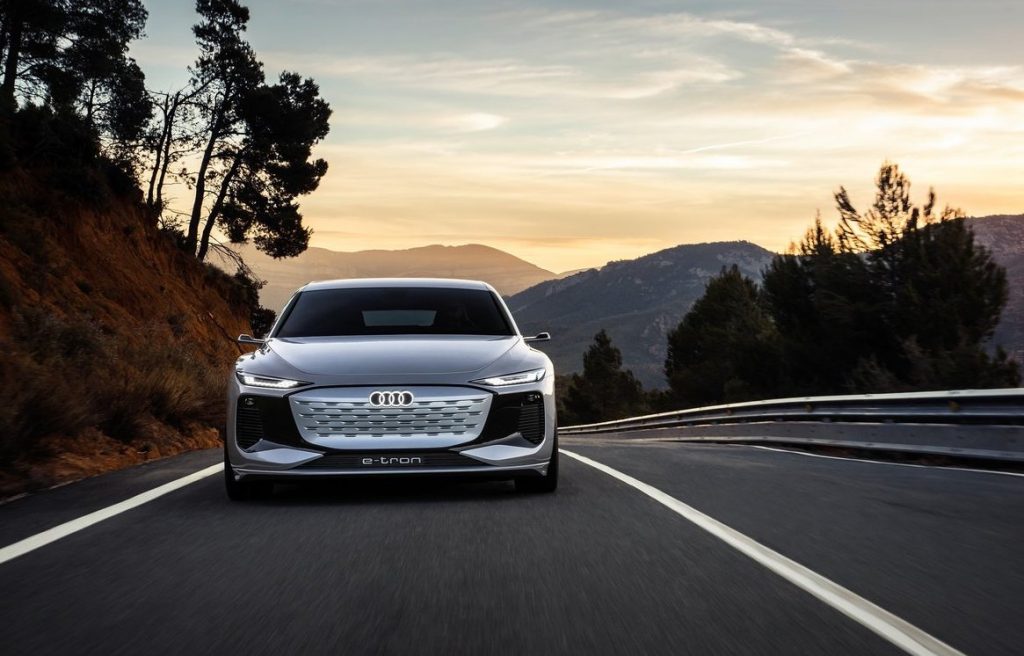
PPE – Versatile, variable, electric
2018 saw the debut of the Audi’s first fully electric production vehicle – the Audi e-tron. Since then, in less than three years, the brand has systematically and rapidly pushed ahead with the widespread introduction of electric mobility across its entire product range. Following the Audi e-tron SUV and e-tron Sportback, the highly dynamic e-tron GT – based on a new technology platform developed jointly with Porsche AG – made its debut in February 2021.
And just two months later, the Audi Q4 e-tron and Q4 Sportback e-tron premiered – two extremely unique SUVs in the A-segment with a common technological platform, the Volkswagen Group’s MEB. The Audi Q2 L e-tron, which is also all-electric, has also been available exclusively in the Chinese market since 2019.
The Audi A6 e-tron concept is now the first member of a family of vehicles – initially in the C-segment and later also in the B- and D-segments – that is based on another innovative technology platform: the Premium Platform Electric, or PPE for short. This modular system is being developed under Audi’s leadership together with Porsche AG. The first Audi production vehicles built on the PPE platform will be successively unveiled starting in the second half of 2022.
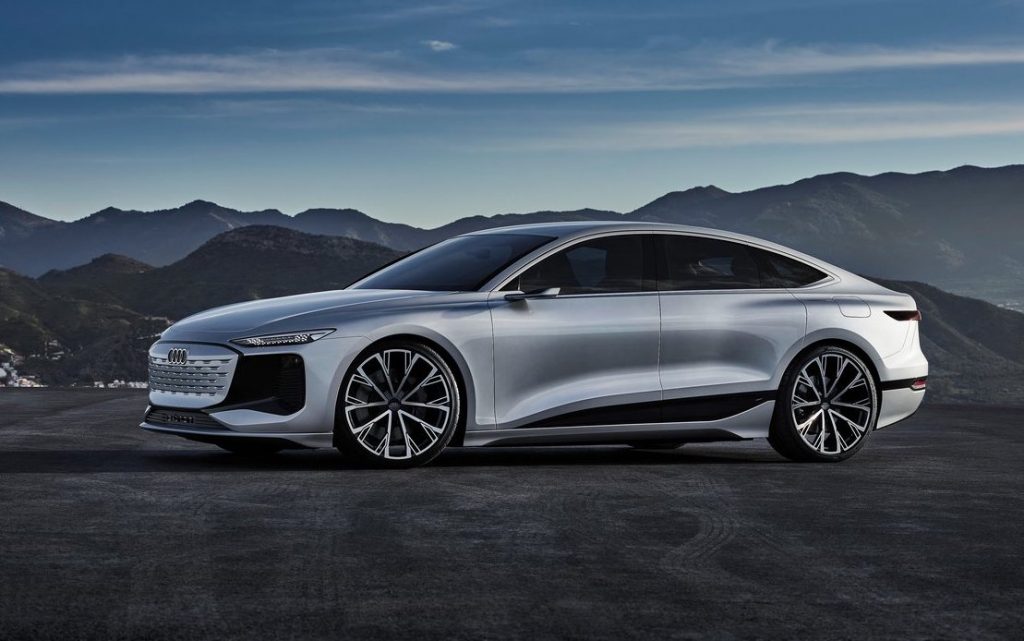
PPE vehicles are specifically designed to be offered globally, and will be rolled out in all of the brand’s key markets. Audi plans to manufacture the vehicles both at its European sites and in China, the company’s largest single market. A new production facility is being built in Changchun specifically for this purpose, where Audi’s electric cars with PPE technology will start rolling off the line by the middle of the decade. The facility is operated jointly by Audi and its joint venture partner FAW.
PPE is the first platform designed to accommodate an unprecedented range of high-volume automobiles – including SUVs and CUVs with a high ground clearance as well as cars with a low ride height that are part of Audi’s core product range, such as the Audi A6 series. But there are also plans to expand the PPE range into the B-segment, which has been the highest-volume market segment for Audi for decades. And even when it comes to the top-of-the-line D-segment, the PPE is an excellent technological platform to build on.
With the PPE, electric vehicles will now also be attractive to customers who prefer automobile concepts beyond the SUV segment – like a Sportback, for example, which is characteristic of the brand and which the Audi A6 e-tron concept translates into a cutting-edge model.
As a result, Audi can effectively expand the range of electric vehicles in its portfolio – via the high-volume B- and C-segments. In addition, economies of scale will allow luxury-class technology and various different model versions to be incorporated into a wide-ranging lineup of models that is unrivaled in the premium market.
In addition, fleet consumption and CO2 emissions also benefit. In a nutshell, the PPE will ensure that the company’s rapid transformation toward electric mobility via volume and variety will become yet another Audi success story.
